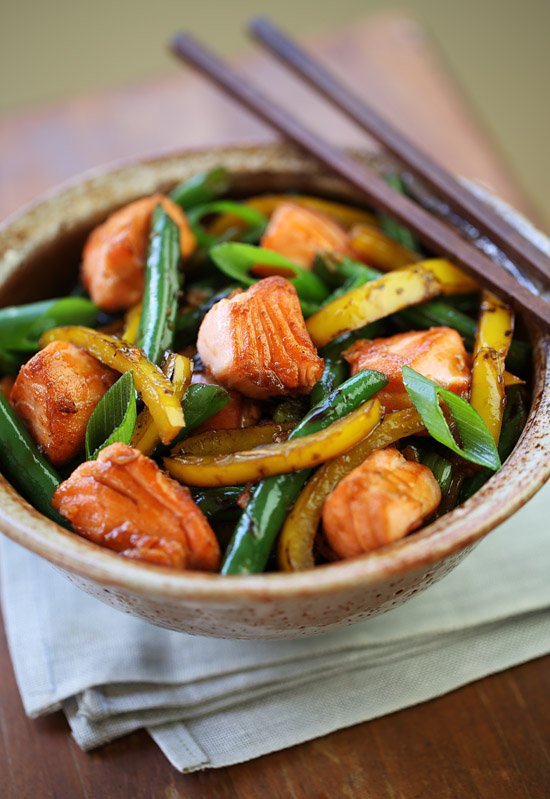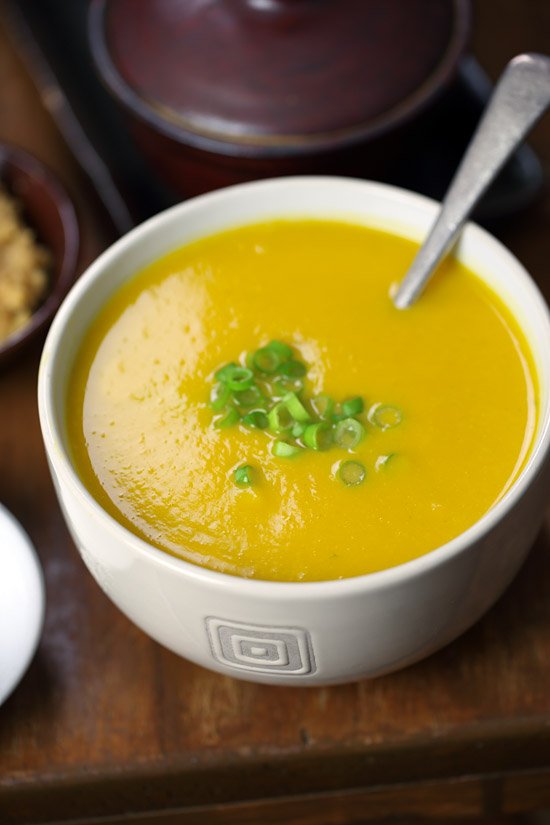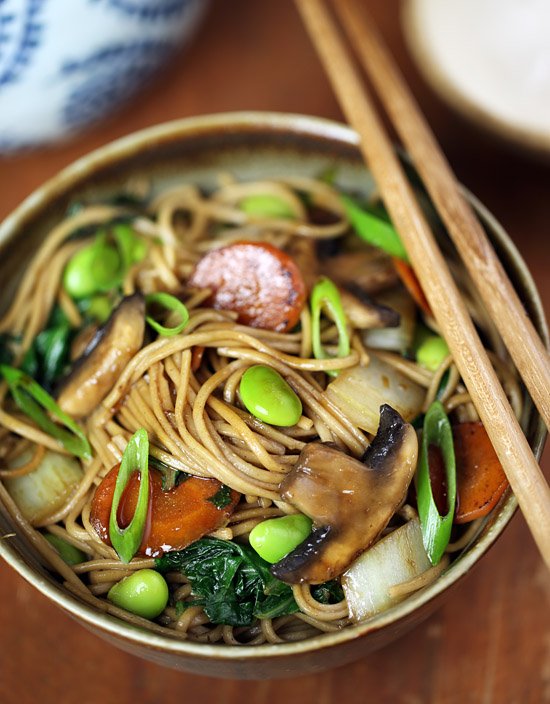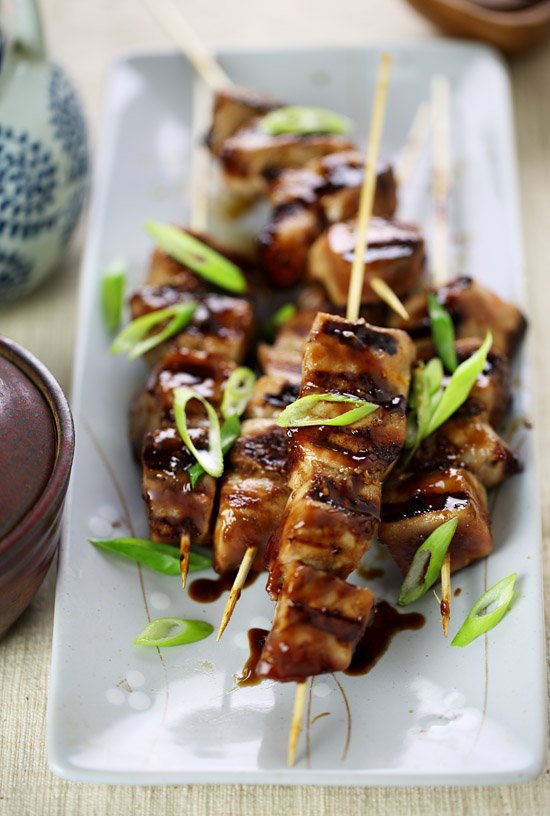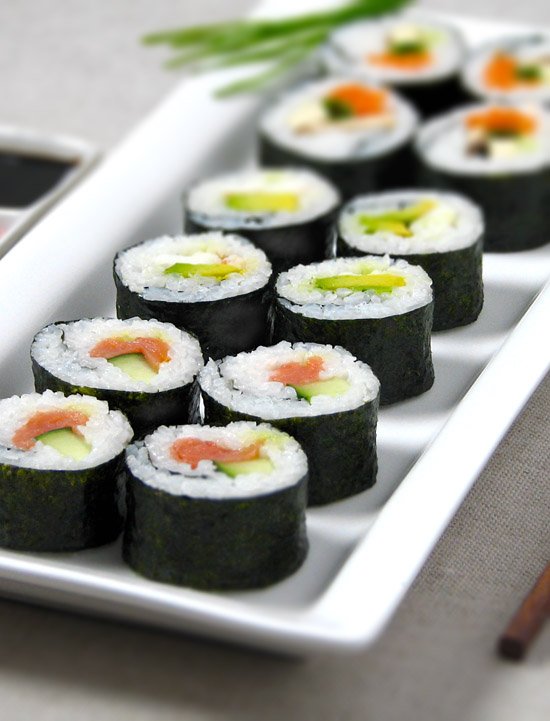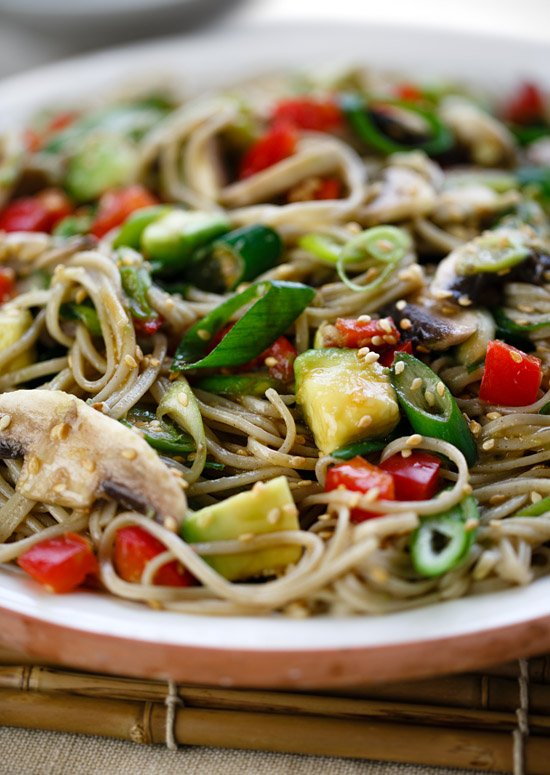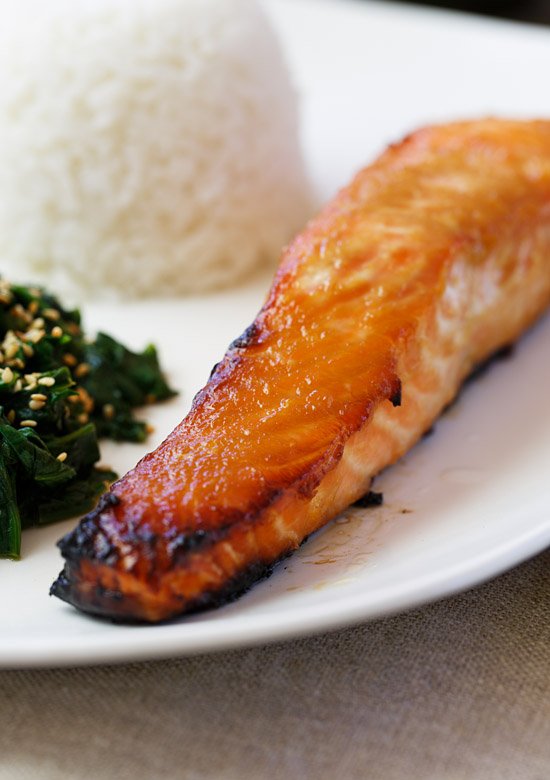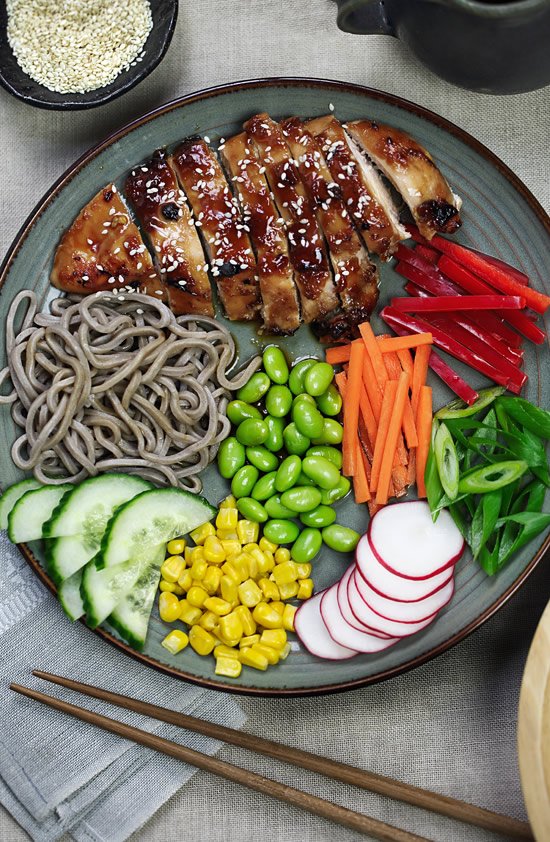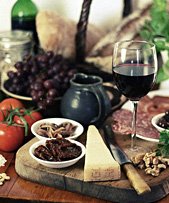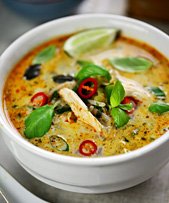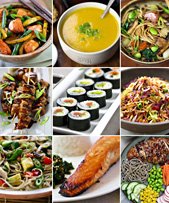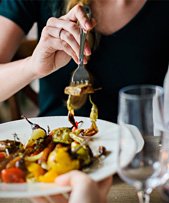Japanese recipes to help you live to 100
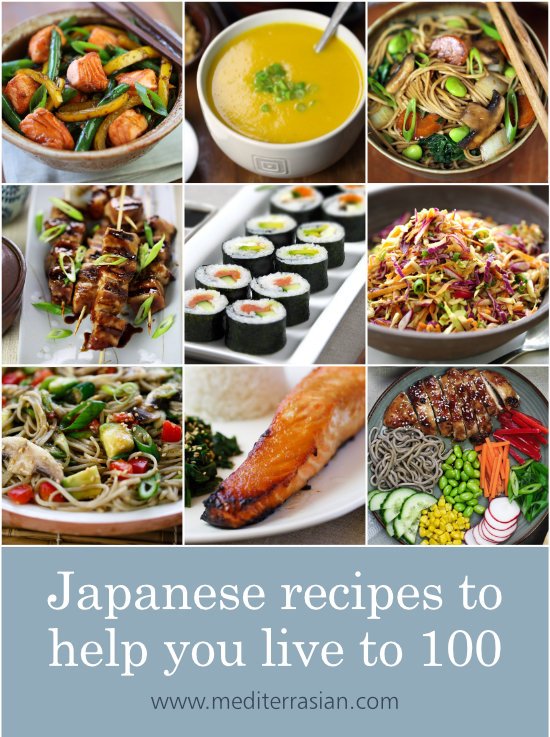
On January 2, Kane Tanaka from Japan turned 119-years-old – making her the world’s oldest living person. To put that into perspective, she was born nearly a year before the first airplane flight by the Wright brothers!
The previous world’s oldest person was 117-year-old Chiyo Miyako, who was also from Japan. And the world’s oldest living man, 112-year old Chitetsu Watanabe (who recently peacefully passed away) was also from Japan.
Are you starting to see a pattern here? Yes, Japan consistently has among the highest life expectancy in the world. So, are the Japanese gifted with special genetics that help them live longer? Well, no actually.
Researchers have found that many younger Japanese have adopted a more Westernized diet, and not only do they weigh more, but they have higher rates of heart disease and cancer than elderly traditional-living Japanese. This correlates with a long-term study of Japanese whose life-expectancy dropped by 17 years after they migrated to the West and abandoned their traditional eating practices. So it’s quite clear that diet plays a significant role in keeping Japanese youthful and disease-free.
A traditional Japanese diet shares a lot of similarities with a traditional Mediterranean diet. It’s based on a foundation of plant foods such as vegetables, grains, legumes and fruit; fish is eaten regularly but red meat more sparingly; and the majority of fat they consume is "good fat" from unsaturated sources.
But although the general eating pattern is similar, there are of course certain different ingredients, seasonings and cooking techniques. That’s why we put together this handy guide to traditional Japanese eating practices. It gives a good general overview of the Japanese diet, and will help you to incorporate some of these simple and enjoyable eating practices into your own life. We’ve also included lots of yummy Japanese recipes to get you started.
Traditional Japanese cuisine is based around the freshest of ingredients prepared with care and a minimum of seasonings so as to let the flavor of the food shine through. This food is then artistically presented and eaten, typically in a communal setting, with enjoyment and reverence.
The foundation of a traditionally prepared Japanese meal is often rice. In fact, rice is such a major part of the Japanese diet that the word for cooked rice, meshi, means "meal."
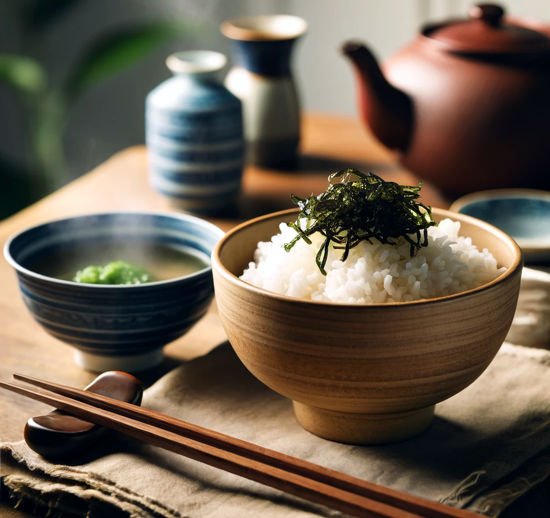
Noodles are another popular staple in Japanese cookery. There are many different varieties of noodle commonly eaten in Japan but three of the most popular types are somen (very thin wheat noodles), soba (buckwheat noodles), and udon (thick wheat noodles).
To accompany rice and noodles many different combinations of ingredients are used. Because Japan is surrounded by sea, it’s little surprise that fish and shellfish such as tuna, salmon, mackerel and shrimp are extremely popular. Indeed, despite their diet becoming more Westernized in recent years, Japanese people still consume over 80 pounds of seafood per person each year (this compares to only 15 pounds per person each year in the United States). This seafood is used in a myriad of tasty ways: eaten with rice, vegetables and seasonings; added to soups, noodle dishes, stir-fries and hot-pots; deep-fried in a light batter and served as tempura; or barbecued and served with tasty sauces and dressings such as teriyaki sauce.
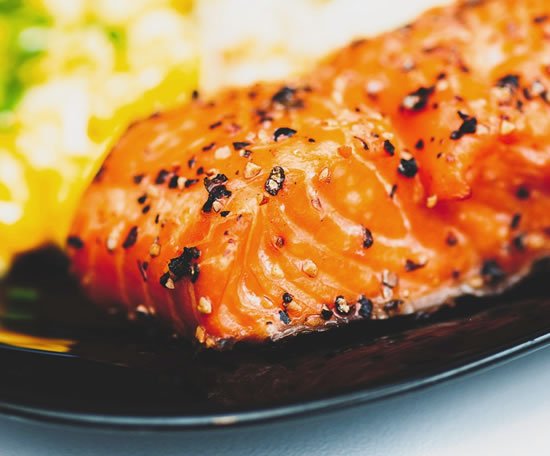
Another highly popular way the Japanese love to eat seafood is in the form of sushi and sashimi. There are two main types of sushi, nigiri sushi (which is vinegared rice hand-formed into oval shapes and topped with various raw and cooked seafood), and maki sushi (which is vinegared rice combined with seafood and vegetables then wrapped in an edible seaweed called nori and sliced into rounds). Sashimi is made up of sliced raw fish such as tuna and salmon. Both sushi and sashimi are eaten with shoyu (Japanese soy sauce) and wasabi (a hot green Japanese horseradish). Gari (pickled ginger slices) is used to cleanse the palate between pieces of sushi or sashimi.
Soybeans have played an integral role in Japanese cuisine for many centuries. Indeed, according to ancient Japanese mythology soybeans are a gift from the gods. The highly prized soybean, which is rich in high-quality protein, is used to make tofu and soy sauce (shoyu), which is the single most important flavoring ingredient in Japanese cuisine.

Soybeans also form the base of the most highly regarded of all soups in Japan — miso soup. It's made up of a mix of miso (a fermented soybean paste) and a delicate fish and seaweed stock called dashi. Miso soup is traditionally enjoyed any time of the day including breakfast, lunch and dinner.
Japanese cuisine includes many other plant foods apart from rice, noodles, soybeans and sea vegetables. Many of these foods are also common in Western kitchens such as scallions, cucumber, mushrooms, spinach, melons, sesame seeds, eggplant, bell peppers, avocados, carrots, snow peas, asparagus and sweet potato. Other plant foods that are common in Japanese cooking, but are less familiar to Western cooks, include bamboo shoots, kabocha squash, and a type of radish called daikon.
Beef has never been a staple part of traditional Japanese cuisine, and it was even banned from being eaten in Japan until the late 1800s due to Buddhist teachings. On the occasions when red meat is eaten as part of a Japanese meal, it is typically thinly sliced and used sparingly, more as a flavor enhancer. Dairy foods are also rarely eaten. Poultry and eggs, on the other hand, are traditionally eaten more regularly. Eggs are sometimes hard-boiled and sliced into soups or turned into omelets which are cut and folded and eaten as part of a sushi meal. Chicken is often marinated and grilled or sliced and added to hot-pots. Another popular way of serving chicken is yakitori-style—cut into pieces, skewered, and grilled and basted with a sweet and savory sauce.

By far the most popular beverage in Japan is tea, and in particular green tea which has been enjoyed in Japan since ancient times. The two most popular alcoholic beverages in Japan are sake (rice wine) and beer. Alcoholic drinks are generally consumed in moderation with meals.
Exotic desserts have never featured prominently in traditional Japanese cuisine. Instead, fresh fruit is commonly eaten after a meal.
Ready to start incorporating more traditional Japanese meals into your daily diet? Here's a selection of our tastiest Japanese recipes to get you started.
Gingered Salmon Stir-Fry. Marinated salmon pieces stir-fried until mouth-wateringly moist and tender with green beans and yellow pepper and lightly coated in a gingery stir-fry sauce.
Roasted Butternut Squash Soup with Miso and Ginger. A simple, warming and nourishing Japanese inspired soup with sweet roasted butternut squash, miso and fresh ginger.
Soba Noodle Stir-Fry with Edamame, Mushrooms and Bok Choy. A stir-fry with soba noodles, mushrooms, bok choy and vibrant green edamame beans coated in a rich and savory sauce.
Teriyaki Tuna Skewers. Sticky, smokey, sweet and savory grilled tuna skewers basted with homemade Japanese teriyaki sauce.
Sushi Rolls (Maki Sushi). Lightly vinegared rice combined with seafood and vegetables then wrapped in an edible seaweed called nori and sliced into rounds.
Soba Noodle Salad with Sesame-Ginger Dressing. A Japanese-inspired salad with soba noodles, avocado, mushrooms, toasted sesame seeds and sweet red pepper coated in a flavorful sesame-ginger dressing.
Miso-Glazed Salmon with Soy-Lemon Spinach. Oven-roasted salmon coated in a savory-sweet miso and ginger marinade, served with spinach tossed with a lemon, soy and sesame dressing.
Teriyaki Chicken Bowl. Succulent baked teriyaki chicken served with seasoned soba noodles and a nourishing collection of crisp and colorful vegetables.

